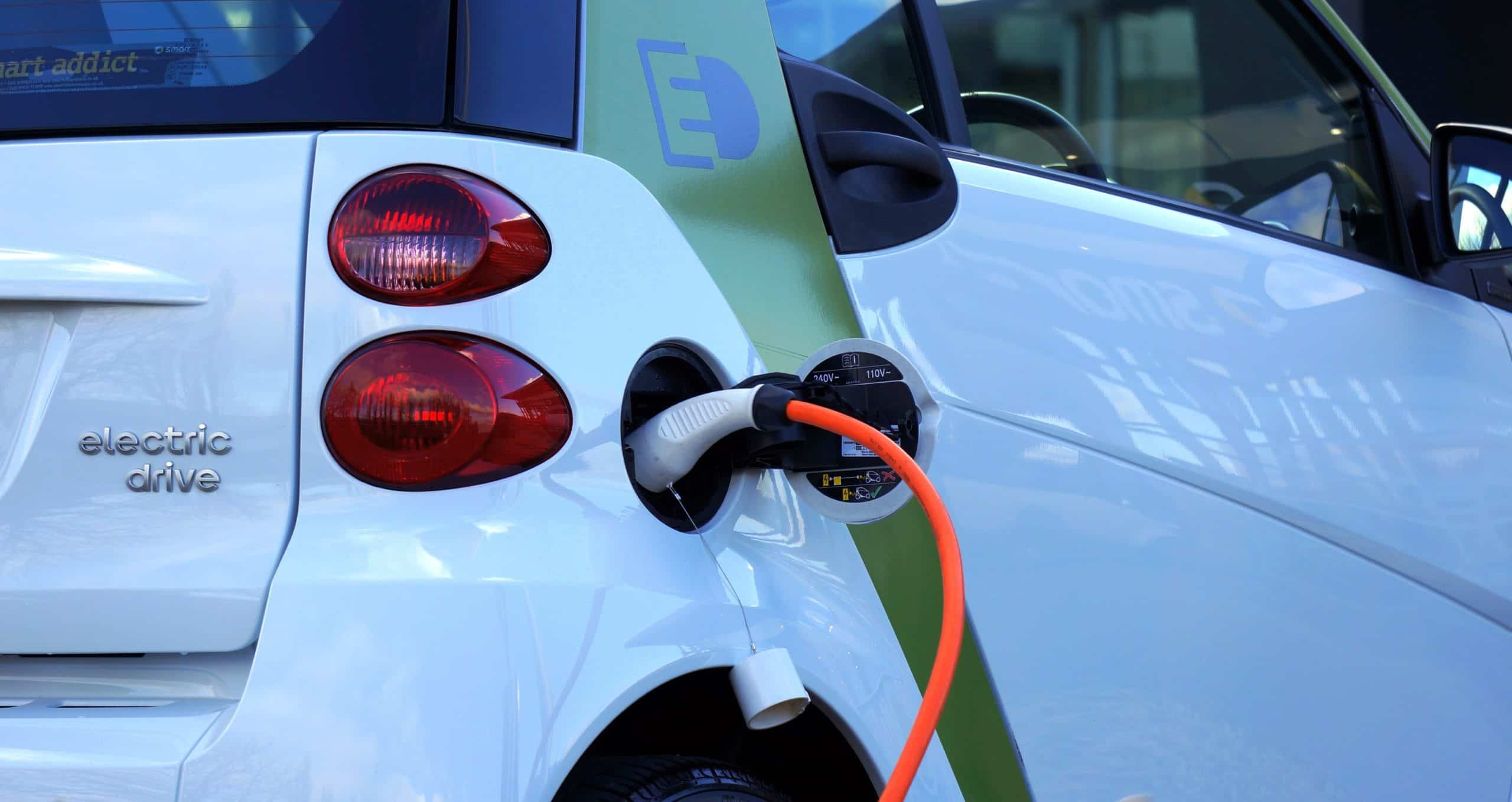Hamilton Could Be Getting More EV Charging Stations
Published September 10, 2019 at 8:46 pm

At a recent Planning Committee meeting, city staff were given the green light to pursue federal funding for 20 new Electric Vehicle (EV) charging stations for Hamilton municipal parking lots.
At a recent Planning Committee meeting, city staff were given the green light to pursue federal funding for 20 new Electric Vehicle (EV) charging stations for Hamilton municipal parking lots.
The Natural Resources Canada Grant, which funds up to 50 per cent of the cost of EV charging stations, is conditional on a minimum of 20 chargers being purchased.
In a report from earlier this month, staff highlighted the fact that, based on data from the Ontario Ministry of Transportation (MTO), there were 467 EVs registered within the City of Hamilton as of the end of 2018. In comparison, there were approximately 320,000 vehicles owned by households in Hamilton as of 2016.
The report also points to forecasts by non-profit organizations that estimate there will be between 55,000 to 109,000 EVs in Ontario by the year 2022 and between 145,000-334,000 by the year 2025.
Hamilton, the report claims, has the fewest EV charging stations per capita out of 18 municipalities with a population over 100,000.
The cost of the project after the 50 per cent rebate comes in at $252,000, which will come from the city’s parking reserve funds and ward reserves. The staff report proposes that the city conduct a 24-month pilot project where EV drivers pay to park but won’t be charged to charge the car.
Councillor Brad Clark raised a few concerns with the proposal, foremost among them was regarding placement of the chargers and how they could be best put to use.
Clark also suggested that commercial developments could be doing more to support this type of infrastructure and perhaps it was time to look into updating development approvals process and zoning bylaws.
Staff responded by assuring councillors that once the grant was secure, further research and studies would be done to ensure the units would be optimally placed and that they would report back on zoning bylaws.
The proposal, Clark said, does little in the way of moving the city closer to zero carbon.
“We’re in last place. Twenty chargers aren’t going to make a huge difference,” he said. “If we’re going to make an impact, we need to be aggressive in policy development.”
Councillor Jason Farr, referring to issues that have arisen with the use of existing charging stations across the city, pointed out that time spent at the stations has led to conflict in the past.
“Time spent at charging stations is an issue,” he said. “How do we get the most bang for our buck? How do we move cars along?”
Brian Hollingworth, Hamilton’s director of Transportation Planning and Parking Planning and Economic Development Department and the author of the report, suggested that time limits and additional charges could be applied.
Ultimately, councillors were nervous at the idea of having a 24-month period in which EV drivers wouldn’t be charged for the electricity they’d be using and this portion of the staff proposal was left up for debate should the grant application be approved.
insauga's Editorial Standards and Policies advertising





